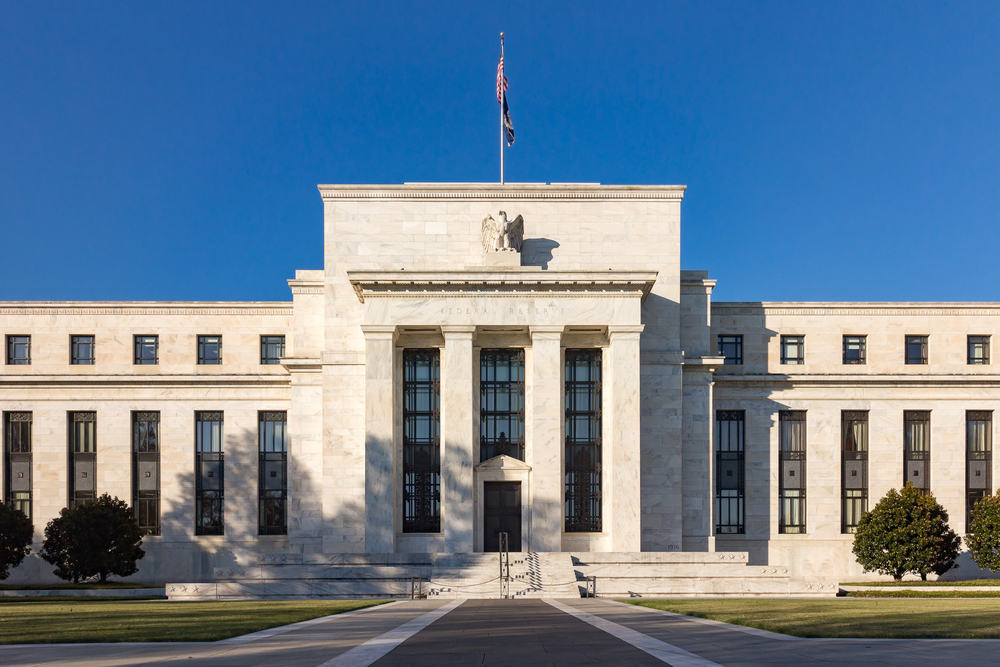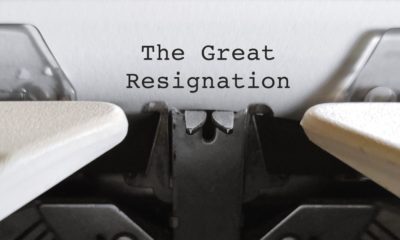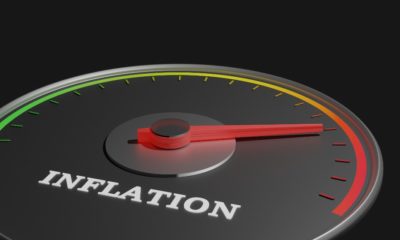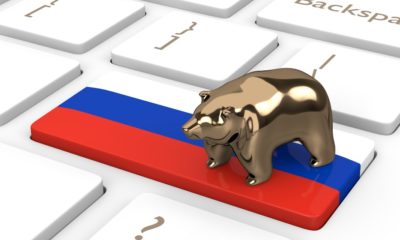bank
Fed Keeps 0% Rates Until At Least 2022

Confirming what many expected, the Federal Reserve announced yesterday that it will keep rates at zero percent for the foreseeable future, perhaps well into 2022.
During a press conference, Fed Chairman Jerome Powell said, “We’re not thinking about raising rates. We’re not even thinking about thinking about raising rates.”
The Fed did acknowledge that economic conditions “have improved” in the last few months. However, none of the members indicated an urgency to raising interest rates. In “dot plots,” each member plots their forecast for interest rates. However, in this case, only two of the 17 members saw a case for hiking rates in 2022.
The decision to keep rates at near-zero percent indefinitely is an attempt to get the economy back to where it was before the coronavirus pandemic. During the said pandemic shut down our country and plunged our economic output by an estimated 50% this quarter.
Optimistic Outlook
The outlook from Fed members is for real GDP to contract by 6.5% in 2020. This comes with an unemployment rate of 9.3% by the end of the year. The members are much more optimistic about 2021. Members projecting an unemployment rate down to 6.5% and real GDP reaching 5%.
There are already positive signs, with last week’s controversial jobs report showing 2.5 million jobs were added in May.
Powell cautioned, however, that the millions of jobs lost will unlikely return quickly, if ever.
He says that many businesses may simply not reopen. Alternatively, he also says that jobs eliminated during the pandemic may not exist in the “new world order.”
The Federal Reserve keeping rates low while printing trillions of dollars to help the country recover from the coronavirus pandemic. With this, there are some very real fears that inflation is going to spiral out of control. Many fear that this will soaring well above the Fed’s target of 2%.
Thus far, the Fed members seem unconcerned about the possibility of runaway inflation.
Plans and Expectations
The average Fed member expects inflation (as measured in core personal consumption expenditures) of just 1.0% in 2021, increasing slightly to 1.5% in 2021.
The Fed will also continue to do its part to keep liquidity in the markets by buying up assets including mortgage-backed securities and Treasurys. The FOMC told the New York Fed to keep purchases “at least at the current pace,” which indicates about $80 billion per month for Treasuries and about $40 billion per month for mortgage-backed securities.
These actions along with other quantitative easing measures have inflated the Fed balance sheet to a record $7 trillion, a number that Powell has indicated he is comfortable with.
During a webinar hosted by Princeton University a few weeks ago, Powell said that the Federal Reserve has “crossed a lot of red lines that had not been crossed before and I’m very comfortable that this is that situation in which you do that and then you figure it out afterward.”
Up Next:
- Treasury Secretary Mnuchin: We Need To Do More To Help Small Businesses
- May Jobs Report At Center of New Liberal Conspiracy Theory
- Even The Stock Market Doesn’t Want “Sleepy Joe” Biden As President















